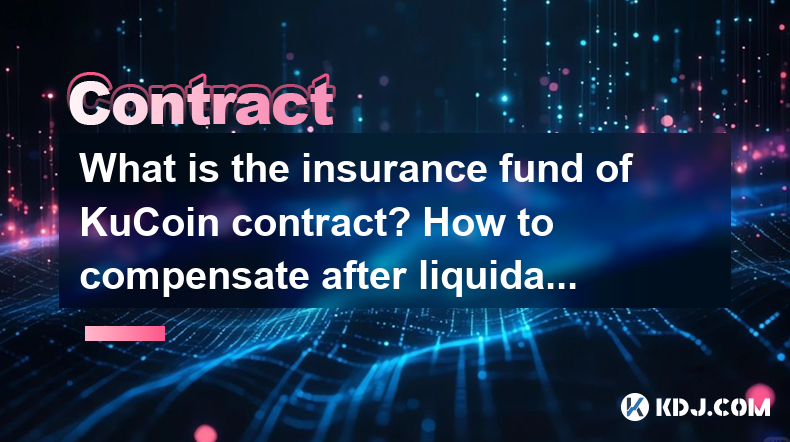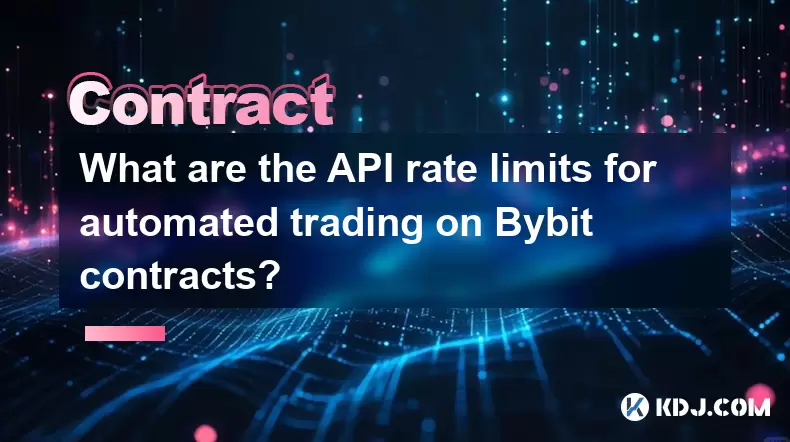-
 Bitcoin
Bitcoin $117500
2.15% -
 Ethereum
Ethereum $3911
6.19% -
 XRP
XRP $3.316
10.79% -
 Tether USDt
Tether USDt $1.000
0.01% -
 BNB
BNB $787.2
2.24% -
 Solana
Solana $175.2
4.15% -
 USDC
USDC $0.9999
0.00% -
 Dogecoin
Dogecoin $0.2225
8.40% -
 TRON
TRON $0.3383
0.28% -
 Cardano
Cardano $0.7868
6.02% -
 Stellar
Stellar $0.4382
9.34% -
 Hyperliquid
Hyperliquid $40.92
7.56% -
 Sui
Sui $3.764
7.63% -
 Chainlink
Chainlink $18.48
10.66% -
 Bitcoin Cash
Bitcoin Cash $582.1
1.88% -
 Hedera
Hedera $0.2601
6.30% -
 Avalanche
Avalanche $23.33
4.94% -
 Ethena USDe
Ethena USDe $1.001
0.02% -
 Litecoin
Litecoin $122.3
2.04% -
 UNUS SED LEO
UNUS SED LEO $8.969
-0.27% -
 Toncoin
Toncoin $3.339
0.86% -
 Shiba Inu
Shiba Inu $0.00001287
4.30% -
 Uniswap
Uniswap $10.43
7.38% -
 Polkadot
Polkadot $3.861
5.08% -
 Dai
Dai $1.000
0.02% -
 Bitget Token
Bitget Token $4.513
3.41% -
 Monero
Monero $267.7
-6.18% -
 Cronos
Cronos $0.1499
4.14% -
 Pepe
Pepe $0.00001110
5.15% -
 Aave
Aave $284.9
8.28%
What is the insurance fund of KuCoin contract? How to compensate after liquidation?
The KuCoin contract insurance fund protects traders from losses during liquidation by covering the difference if the liquidation price falls below the bankruptcy price.
May 05, 2025 at 09:45 am

The insurance fund of KuCoin contract plays a crucial role in maintaining the stability and integrity of the trading platform. It serves as a safety net to protect traders from potential losses due to extreme market volatility or other unforeseen circumstances. In this article, we will delve into the specifics of the KuCoin contract insurance fund, how it operates, and the process of compensation after liquidation.
What is the KuCoin Contract Insurance Fund?
The KuCoin contract insurance fund is a pool of funds set aside by KuCoin to cover potential losses that may occur during trading. This fund is primarily used to ensure that traders are protected in the event of a trader's position being liquidated at a price that is worse than the bankruptcy price. The insurance fund helps to absorb these losses, thereby maintaining the platform's stability and ensuring that other traders are not adversely affected.
The insurance fund is built from various sources, including a portion of the trading fees collected by KuCoin, as well as any profits generated from the liquidation of positions that are not fully covered by the trader's margin. This ensures that the fund remains robust and capable of handling potential losses.
How Does the Insurance Fund Work?
When a trader's position is liquidated, the process involves several steps to determine whether the insurance fund needs to be utilized. If the liquidation price is lower than the bankruptcy price, the insurance fund steps in to cover the difference. This mechanism ensures that the platform remains solvent and that other traders are not impacted by the liquidation.
The insurance fund is automatically triggered when the liquidation price falls below the bankruptcy price. The fund then compensates for the shortfall, ensuring that the platform can continue to operate smoothly. This process is transparent and is designed to protect the interests of all traders on the platform.
Compensation After Liquidation
After a trader's position is liquidated, the process of compensation involves several key steps. If the liquidation price is below the bankruptcy price, the insurance fund will cover the difference. Here is a detailed look at how compensation is handled:
- Liquidation Process: When a trader's position is liquidated, the platform attempts to close the position at the best available price. If this price is lower than the bankruptcy price, the insurance fund is triggered.
- Insurance Fund Activation: The insurance fund automatically steps in to cover the difference between the liquidation price and the bankruptcy price. This ensures that the platform remains solvent and that other traders are not affected.
- Compensation Distribution: The compensation from the insurance fund is then distributed to the affected trader's account. This process is automatic and ensures that traders receive the necessary funds to cover their losses.
How to Check the Status of the Insurance Fund
Traders can easily check the status of the KuCoin contract insurance fund through the platform's interface. Here are the steps to do so:
- Log into your KuCoin account: Ensure you are logged into your KuCoin account to access the necessary information.
- Navigate to the Futures Trading Section: Go to the futures trading section of the platform.
- Access the Insurance Fund Information: Look for the section labeled "Insurance Fund" or a similar designation. This section will provide detailed information about the current status of the fund, including its balance and any recent activities.
Importance of the Insurance Fund for Traders
The insurance fund is crucial for traders as it provides an additional layer of protection against extreme market conditions. By ensuring that losses are covered, the fund helps to maintain confidence in the platform and encourages more traders to participate in futures trading.
Traders should be aware of the insurance fund's role and how it can impact their trading activities. Understanding the mechanics of the fund can help traders make more informed decisions and manage their risk more effectively.
Examples of Insurance Fund Usage
To illustrate how the insurance fund works in practice, consider the following hypothetical scenario:
- Scenario: A trader has a long position in a futures contract with a margin of $1,000. The market experiences a sudden and significant drop, causing the position to be liquidated at a price that is $200 below the bankruptcy price.
- Insurance Fund Activation: The insurance fund is automatically triggered to cover the $200 shortfall. The trader's account is then credited with the necessary funds to cover the loss, ensuring that the platform remains stable and that other traders are not affected.
This example demonstrates how the insurance fund acts as a safety net, protecting traders from extreme market movements and maintaining the integrity of the platform.
Frequently Asked Questions
Q: Can the insurance fund run out of money?
A: While the insurance fund is designed to be robust, it is theoretically possible for it to be depleted if there are multiple large liquidations in a short period. However, KuCoin continuously monitors the fund's balance and takes steps to replenish it as needed.
Q: How often is the insurance fund replenished?
A: The insurance fund is replenished regularly through a portion of the trading fees collected by KuCoin. The exact frequency can vary, but the platform ensures that the fund remains adequately funded to handle potential losses.
Q: Is there a limit to how much the insurance fund can cover?
A: There is no fixed limit to the amount the insurance fund can cover, as it is designed to be dynamic and responsive to market conditions. However, the fund's capacity to cover losses is influenced by its current balance and the platform's ability to replenish it.
Q: Can traders contribute to the insurance fund?
A: Currently, traders cannot directly contribute to the insurance fund. The fund is managed and replenished by KuCoin through trading fees and other mechanisms.
Disclaimer:info@kdj.com
The information provided is not trading advice. kdj.com does not assume any responsibility for any investments made based on the information provided in this article. Cryptocurrencies are highly volatile and it is highly recommended that you invest with caution after thorough research!
If you believe that the content used on this website infringes your copyright, please contact us immediately (info@kdj.com) and we will delete it promptly.
- FTT Token's Wild Ride: Creditor Repayments vs. Market Drop - A New Yorker's Take
- 2025-08-08 07:10:12
- Floki Crypto Price Prediction: Riding the Robinhood Rocket or Just a Meme?
- 2025-08-08 07:15:12
- EigenLayer, Restaking, and Ethereum: Navigating the Hype and the Hazards
- 2025-08-08 06:30:12
- Super Bowl 59: Jon Batiste to Jazz Up the National Anthem
- 2025-08-08 06:30:12
- Cold Wallet Crypto in 2025: The Future is Now, Ya'll
- 2025-08-08 05:10:13
- MAGACOIN, SOL, and ADA: A Tale of Shifting Tides in Crypto
- 2025-08-08 05:10:13
Related knowledge

What is the minimum deposit for OKX contracts?
Aug 08,2025 at 07:00am
Understanding OKX Contract Trading BasicsOKX is one of the leading cryptocurrency derivatives exchanges, offering a wide range of perpetual and future...

Where can I find the OKX trading calculator?
Aug 08,2025 at 07:49am
Understanding the OKX Trading Calculator FunctionalityThe OKX trading calculator is a powerful analytical tool designed to assist traders in estimatin...

Are there any fees for futures settlement on OKX?
Aug 08,2025 at 05:35am
Understanding Futures Settlement on OKXFutures settlement on OKX refers to the process by which open futures contracts are automatically closed or mar...

How to use the OKX margin calculator for futures?
Aug 08,2025 at 05:15am
Understanding the OKX Margin Calculator for FuturesThe OKX margin calculator is a specialized tool designed to assist traders in estimating the requir...

How to find and copy experienced traders on Bybit contracts?
Aug 08,2025 at 06:00am
Understanding Copy Trading on BybitBybit offers a copy trading feature that allows users to automatically replicate the contract positions of experien...

What are the API rate limits for automated trading on Bybit contracts?
Aug 08,2025 at 06:08am
Understanding API Rate Limits on BybitWhen engaging in automated trading on Bybit contracts, understanding the API rate limits is essential to prevent...

What is the minimum deposit for OKX contracts?
Aug 08,2025 at 07:00am
Understanding OKX Contract Trading BasicsOKX is one of the leading cryptocurrency derivatives exchanges, offering a wide range of perpetual and future...

Where can I find the OKX trading calculator?
Aug 08,2025 at 07:49am
Understanding the OKX Trading Calculator FunctionalityThe OKX trading calculator is a powerful analytical tool designed to assist traders in estimatin...

Are there any fees for futures settlement on OKX?
Aug 08,2025 at 05:35am
Understanding Futures Settlement on OKXFutures settlement on OKX refers to the process by which open futures contracts are automatically closed or mar...

How to use the OKX margin calculator for futures?
Aug 08,2025 at 05:15am
Understanding the OKX Margin Calculator for FuturesThe OKX margin calculator is a specialized tool designed to assist traders in estimating the requir...

How to find and copy experienced traders on Bybit contracts?
Aug 08,2025 at 06:00am
Understanding Copy Trading on BybitBybit offers a copy trading feature that allows users to automatically replicate the contract positions of experien...

What are the API rate limits for automated trading on Bybit contracts?
Aug 08,2025 at 06:08am
Understanding API Rate Limits on BybitWhen engaging in automated trading on Bybit contracts, understanding the API rate limits is essential to prevent...
See all articles

























































































